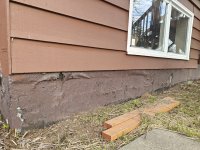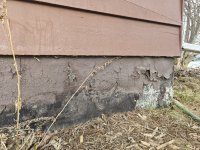Try to remove as much of it as possible without solvents, heat or anything else that will affect its current consistency.
If you don’t want to scrape solely by hand, you can get a “striking scraper” that will work with any rotary hammer that has a “chisel only”-mode. Here’s one randomly chosen example of such a scraper:
https://www.milwaukeetool.com/products/48-62-6046
As said before, heat and solvents melt or dissolve this stuff. So any mechanical removal creating excessive heat or using solvents will lead to a big mess. #1 goal should be to limit such methods to the bare, absolutely necessary, minimum. Oh, and definitely adhere to the advice given by Cheese about ensuring compatibility of used solvents with future/later used products/ coatings.
If you are feeling playful and already own the Renofix, you could try this disc once you got the bulk of it off:
https://www.festool.com/accessory/s...scs/768023---dia-thermo-d130-premium#Overview
Once you got the stuff off, the Renofix will be the #1 choice for surface preparation for whatever comes after. So still enough use for it if you plan on buying one, even without ever using it on the bituminous coating directly.
Judging solely from the pictures, the scraper will do a good job. It seems pretty weathered and at the end of its lifecycle, that should help tons.
What is your plan once it is off? Current/ up to date 2k bituminous coating and a protective layer?
Kind regards,
Oliver


